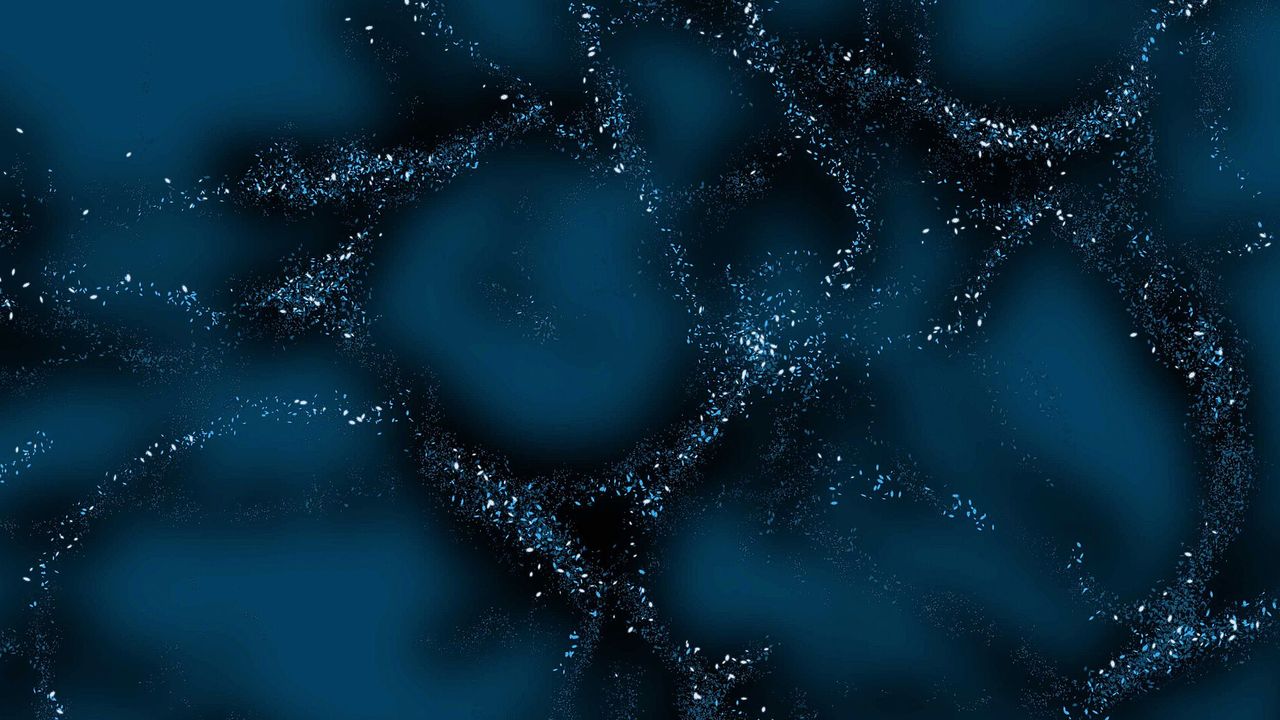Recent research indicates that dark matter, a fundamental yet elusive component of the universe, adheres to the laws of gravity on vast scales. This discovery may limit the possibility of a fifth fundamental force of nature, although it does not definitively rule it out. Dark matter, which constitutes about five times more of the universe’s total matter than ordinary matter, typically eludes direct observation. Scientists primarily infer its existence through gravitational effects on visible matter and light.
Understanding Dark Matter’s Role in the Universe
Ordinary matter is composed of atoms, which contain protons, neutrons, and electrons, and interacts with the four known fundamental forces: electromagnetism, gravity, the strong nuclear force, and the weak nuclear force. In contrast, dark matter does not interact with light, making it effectively invisible. Researchers have long grappled with whether dark matter follows the same gravitational laws articulated by Albert Einstein in his 1915 theory of general relativity.
To investigate this, a team from the University of Geneva (UNIGE) sought to determine if dark matter behaves like ordinary matter when influenced by gravitational wells—regions in space where massive bodies warp the fabric of spacetime. The research aimed to clarify whether dark matter interacts with gravity on a cosmic scale.
According to Camille Bonvin, a researcher at UNIGE, “If dark matter is not subject to a fifth force, then galaxies—mostly composed of dark matter—will fall into these wells like ordinary matter, governed only by gravity.” The team compared galaxy velocities against the depth of gravitational wells to identify any discrepancies that might suggest a fifth force acting on dark matter.
Findings and Implications for Future Research
The findings, published in the journal Nature Communications on November 3, 2023, confirm that dark matter does indeed fall into gravity wells similarly to ordinary matter. While these results do not indicate the presence of a fifth fundamental force, they suggest that if such a force exists, it cannot exceed 7% of the strength of gravity. “Otherwise, it would already have appeared in our analyses,” stated Nastassia Grimm, the team leader and researcher at the Institute of Cosmology and Gravitation, University of Portsmouth.
These observations help refine the understanding of dark matter and its characteristics, even if they do not completely exclude the possibility of additional forces influencing its behavior. The ongoing quest for knowledge in this area is bolstered by upcoming experiments, including the Legacy Survey of Space and Time (LSST) at the Vera C. Rubin Observatory and the Dark Energy Spectroscopic Instrument (DESI). As noted by Isaac Tutusaus from the University of Toulouse, “These instruments will be sensitive to forces as weak as 2% of gravity, providing further insights into the behavior of dark matter.”
This research not only sheds light on the fundamental nature of dark matter but also underscores the ongoing effort to understand the universe’s structure and the forces that govern it.







